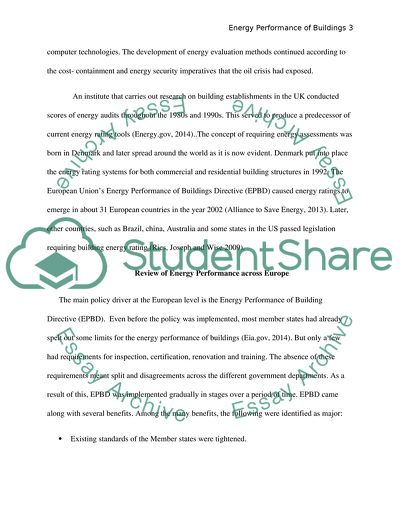Cite this document
(Energy Performance Review: Building Performance Assessment Systems of Term Paper, n.d.)
Energy Performance Review: Building Performance Assessment Systems of Term Paper. https://studentshare.org/environmental-studies/1852669-energy-performance-review-home-energy-audit
Energy Performance Review: Building Performance Assessment Systems of Term Paper. https://studentshare.org/environmental-studies/1852669-energy-performance-review-home-energy-audit
(Energy Performance Review: Building Performance Assessment Systems of Term Paper)
Energy Performance Review: Building Performance Assessment Systems of Term Paper. https://studentshare.org/environmental-studies/1852669-energy-performance-review-home-energy-audit.
Energy Performance Review: Building Performance Assessment Systems of Term Paper. https://studentshare.org/environmental-studies/1852669-energy-performance-review-home-energy-audit.
“Energy Performance Review: Building Performance Assessment Systems of Term Paper”. https://studentshare.org/environmental-studies/1852669-energy-performance-review-home-energy-audit.


